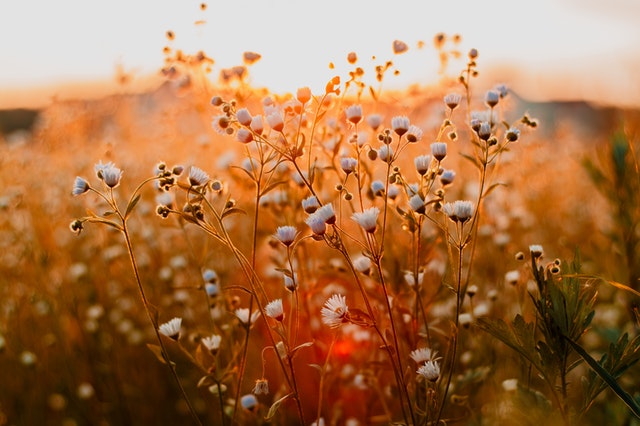
Lavender is a popular plant. Understandably so, as the delicious scent of the leaves and flowers and the beautiful purple blooms turn every garden into a little piece of France.
Types of lavender
The common or English lavender (Lavandula angustifolia) is not actually an herb, but a small shrub. The plant has been cultivated for centuries by pharmacists and in monastery gardens for its medicinal properties. There are many varieties of English lavender. Our favourites:
Lavendula angustifolia ‘Hidcote’ is a purple bloomer and a strong plant. There is also a variety with white flowers that slowly turn pink. This is Lavendula angustifolia ‘Hidcote Pink’. This plant grows to a height of 60cm and has grey-green leaves.
White lavender
Lavendula angustifolia ‘Munstead’ is true lavender blue. There are also white, violet and pink cultivars. This variety flowers beautifully, but does not have an intense fragrance.
A beautiful white bloomer is Lavendula angustifolia ‘Arctic snow’. It remains relatively low and is one of the few true white lavenders.
Lavendula angustifolia ‘Pacific Blue’ is a taller species, the flowers of which are ideal for making oil. They smell like lavender should.
The lavender that grows in the south of France is the crested lavender Lavendula stoechas. This plant is sensitive to frost but can withstand drought. In full soil, it does not even need to be watered! This plant thrives on acidic soil, so lime is not necessary.